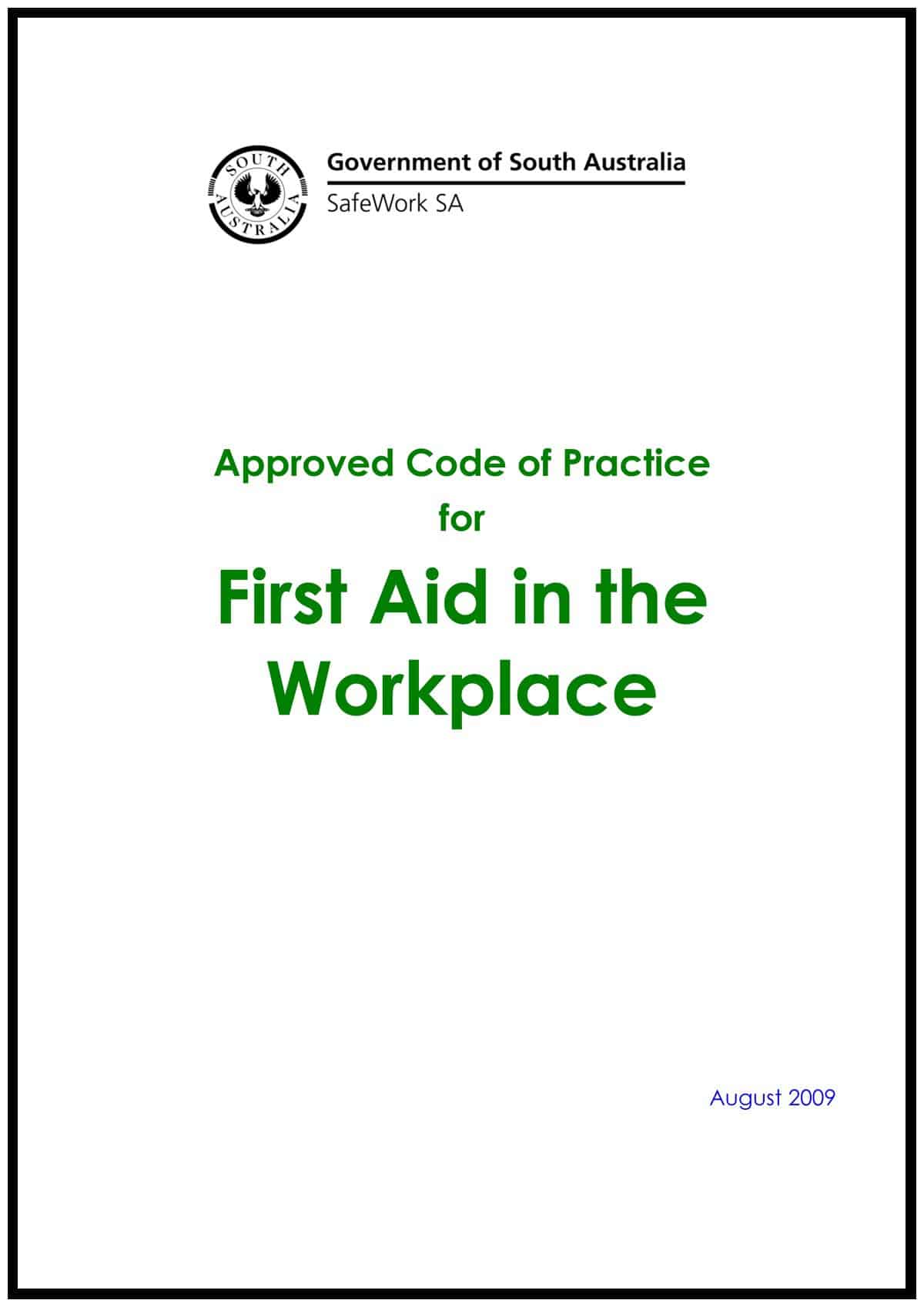Deputy Prime minister and Workplace Relations Minister, Julia Gillard, has told the Australian Financial Review (only available online to subscribers) that the OHS law changes were finalised at the recent Workplace Relations Ministers’ Council.
Gillard again rejected the trade union movement’s concerns about weakened worker protection. The Minister emphasised that substantial economic benefits would flow to business as a result of increased administrative efficiencies.
However, the likelihood of a nationally harmonised OHS system seems as far away as ever with the West Australian Government continuing to refuse to apply the new laws which it sees as too friendly to the unions.
Significantly, the Australian Government has backed down from its earlier threat to penalise any governments that do not support the changes. This lets the WA Liberal Government off the hook and provides the New South Wales Liberal Party with an easy platform option for the 2010 State election.
The conservative forces in Australia can take heart but Minister Gillard’s position has the union movement facing difficult decisions. It has strongly funded a campaign against elements of the OHS laws and branded the laws as “second-rate safety”. It now needs to decide whether to give up the campaign totally as a lost cause or to pare it back so that, over time, the campaign fades away, as did the industrial manslaughter campaign of around five years ago.
The ACTU has expressed disappointment but must have realised, privately at least, that some union powers, considered to be extreme by business and industry groups and over which the business complaints have been load and long, were going to be sacrificed in any harmonisation process.
Former Prime Minister and ACTU President Bob Hawke achieved many industrial relations reforms in the early 1980’s by pushing “consensus”. This negotiation process had strong similarities to the current OHS harmonisation however big C Consensus is now rarely spoken by the Australian trade union movement. One of the few contemporary outings was when current ACTU Secretary Jeff Lawrence, who expressed the disappointment above, speaking about industrial relations said on 14 June 2007:
“I’m tough enough but I’m also a person who likes to work by consensus”.
To operate constructively at the big tripartite table of OHS, the unions will need to accept a defeat and gain whatever they can from the new rules. This is doubly important in the lead-up to the planned harmonisation of workers compensation. Australia will see some fiery union rhetoric when harmonisation threatens to reduce the income and entitlements of workers who are already injured.




